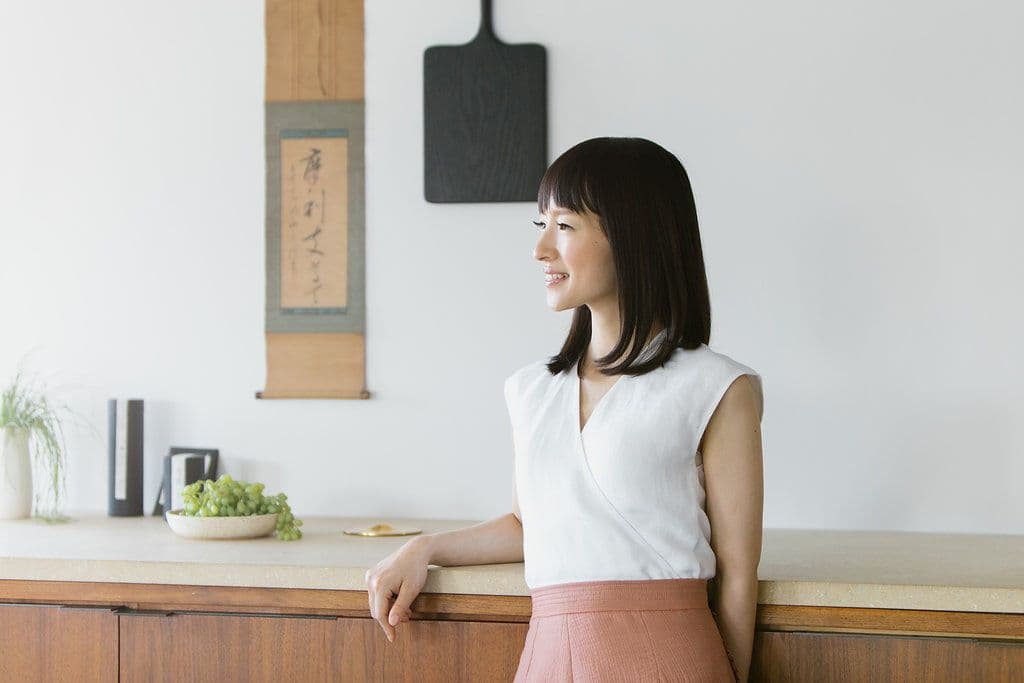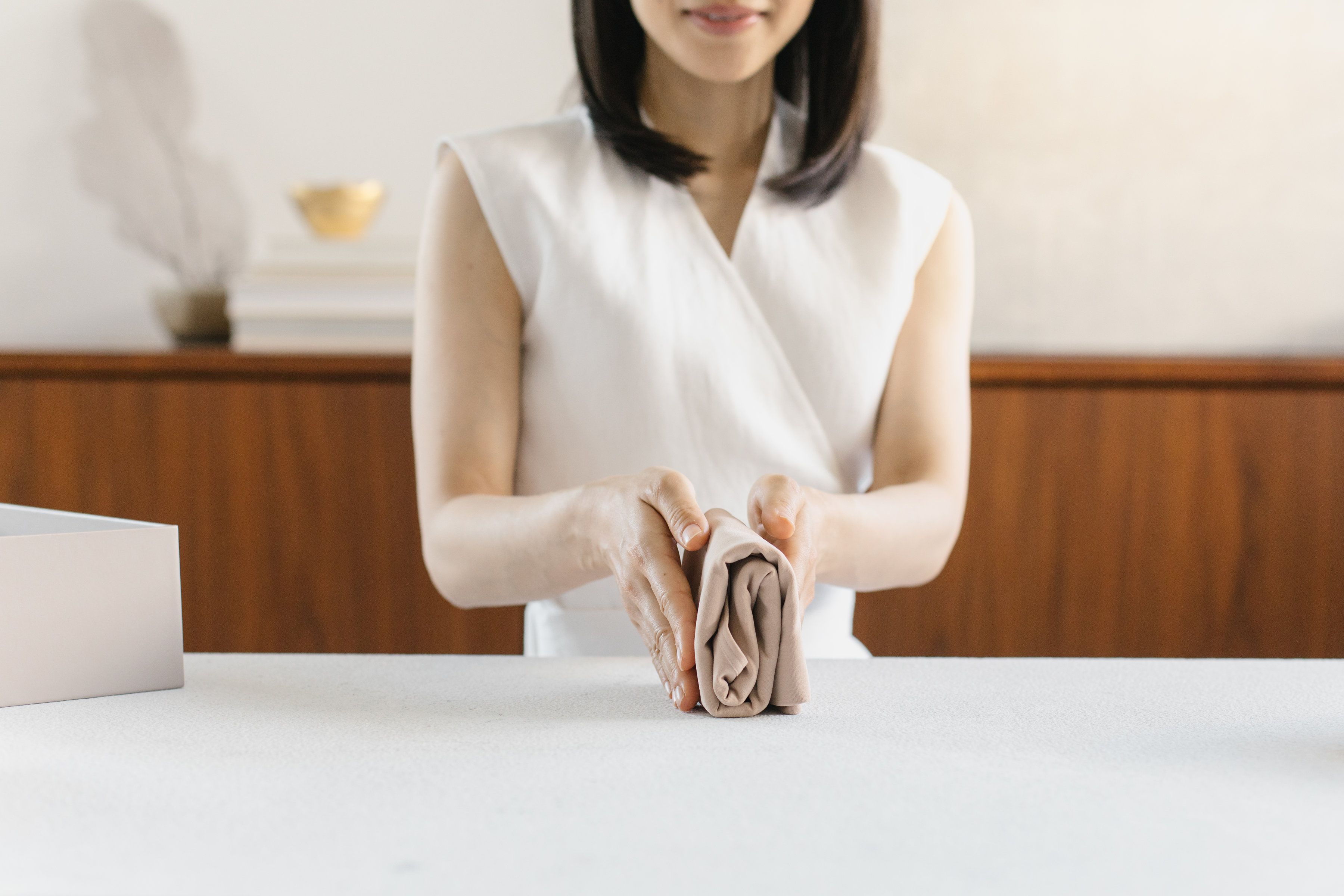In our current industrial era, the challenges of modern manufacturing are front and center, from supply chain disruptions and environmental setbacks to pandemic-related worker shortages.
Before we succumb to the gloom and doom, however, remember that it’s not all bad: the modern innovations of Industry 4.0 are rocketing us forward technologically, and Smart Factory solutions are even more affordable and applicable than ever before for smaller manufacturers and businesses.
But how is a business leader supposed to operate under ideal lean manufacturing conditions when production cycles are globally unpredictable? Doesn’t lean methodology fatally rely on regular, well-maintained infrastructures? How can strict 5S plans be expected to still give results?
Maybe 5S could do with a little shaking up, to be honest.

If the traditional management techniques are feeling a little too stale (or even cliché) for your next stage of continuous improvement, try this revamped look at 5S principles. You might just find that a little “spark of joy” inspires you along your path of continuous improvement.
Let’s see what we can glean from this “tidying” of methodological differences. First, we’ll revisit 5S, then introduce its potential counterpart: the KonMari Method. This trademarked household tidying craze really grabbed people’s attention over the past decade, and its creator, Marie Kondo, quickly became an international household name. Its insights go beyond home design, providing a smart, fresh, and new way for managing lean workplaces.
Most are probably already familiar with the 5S methodology of Lean Manufacturing. It is a workplace organization methodology that is based around five Japanese principles (named below) about simplifying and paring down processes for ease and efficiency.
Seiri — Sort through all items and remove unnecessary ones from location
Sorting is a preliminary investment that pays off later by reducing distraction and time lost when looking for misfiled items. Sorting leads to a greater awareness of the extent of the whole operation and the types of physical hardware and space limitations that need to be assessed.
Seiton — Set in order necessary items in optimal place for workplace function
Setting all items in order is crucial for setting the stage for the next steps. The necessary items are smoothed out and fixed in proper locations with appropriate proximity to the necessary workers and equipment. This step is very important for achieving 5S’s goal of visual control management.
Shining, sweeping, and cleaning the equipment around you is not just about regular maintenance, it’s also about instilling pride in one’s surroundings and ensuring a safe, pleasant work environment for optimal efficiency.
Seiketsu — Standardize the processes used to sort and order workplace
Standardizing is where the new, developed system gets ingrained in the company culture and infrastructure, by establishing procedures, schedules, visual control, and audit checklists, among others. Manufacturing execution systems or software like VKS Enterprise can aid with the creation of standardization through digital work instructions with reporting abilities.
Shitsuke — Sustain the development through self-discipline
Sustaining the outcome derived from the 5S process is crucial to creating lasting change that leads to continuous improvement over time. This is done through regular training scheduling and audits.
The KonMari Method
The creator of the KonMari Method is none other than Marie Kondo, a Japanese organizing consultant who tapped into grand success with her first book, The Life-Changing Magic of Tidying Up, which became a bestseller in 2011 around the world.
Soon after in 2014, Kondo began hosting a Netflix series based on her book. She picked up a couple more shows and wrote more books, all to such resounding success that she was listed among Time’s 100 most influential people. Now a famous TV host, author, and organizing expert, Marie Kondo finds her own passion through helping others find their joys in cleaning up.
Marie Kondo’s tidying method is most commonly used in the home, but its principles can be applied to other concepts, just as 5S originally started as a manufacturing tool yet has recently grown to include IT, health, education, and knowledge economy applications.
1. Commit Yourself to Tidying Up
“Setting the intention to seriously tidy up — and resolving to put in the time and effort required — is the first rule of tidying. When you approach your tidying festival with a clear vision and a can-do attitude, you’ll find the energy and motivation you need to tidy all of your belongings in one go.”
Marie Kondo, Founder of the KonMari Method
The first KonMari step is both a mental and administrational challenge to overcome. The “intention” to clean that Kondo refers to is two-fold because it is an emotional dedication as well as an exhaustive to-do list of all the tasks that need to be tidied or redesigned. Have a fully scheduled, itemized, segmented game plan for future steps forward or you may lose the emotional momentum you gathered in the beginning. We’re going lean for the long haul, so get ready to tidy!
2. Imagine Your Ideal Lifestyle
“When you imagine your ideal lifestyle, you are really clarifying why you want to tidy and envisioning your best life. The tidying process represents a turning point — so seriously consider the ideal lifestyle to which you aspire.”
Marie Kondo, Founder of the KonMari Method
Imagining your “ideal” is the perfect place to begin brainstorming a long-term strategic plan for your business. Commonly, business leaders will focus on trimming already-slim margins because of the detailed updates that arise throughout the production process. Just as important, however, is envisioning your perfect end point. You should be improving the processes you already run, in their current state, while exploring new solutions and systems to which you eventually aspire.
3. Finish Discarding First
“Discarding… is an important part of the process because it provides an opportunity to learn from your past experiences. Thinking deeply about each item you discard will affect how you live and acquire new things moving forward.”
Marie Kondo, Founder of the KonMari Method
Getting distracted by too many simultaneous tasks is a surefire way to shoot your organizational plan in the foot before it gets up and running. It seems obvious at first, but you’d be surprised how many will attempt to install a new workflow solution before they’ve cleared space for it by throwing out the old one. Moreover, if the lean solution being introduced isn’t fully implemented before the next step of the process, others may be confused at the switch or continue with outdated protocol in the meantime given the unclear instruction on next steps.
4. Tidy by Category, Not by Location
“People often store the same type of item in more than one place. When you tidy each place separately, you’re repeating the same work in many locations. You can never grasp the overall volume of each type of thing you own… The result is that you become locked in a never-ending cycle of tidying.”
Marie Kondo, Founder of the KonMari Method
If you are aiming for lean, continuous improvement in your manufacturing endeavors, then it only makes sense to categorically iron out the wrinkles one by one. It would be too confusing, for example, to optimize one factory location at a time when production cycles need to stay in sync with each other. It would be appropriate, in contrast, to update all factory locations first by reorganizing inventory management across the board, then by updating the entire company’s internal software platform, and then assessing the shift in output data to judge the effectiveness of lean cuts, for example.
5. Follow the Right Order
According to the KonMari Method, there is an optimal order of operations when it comes to tidying: first clothes, then books, papers, komono (miscellaneous items), and finally sentimental items.
“By starting with clothes (relatively easy) and ending with sentimental items (challenging), you hone your decision making skills as you go; by the end, choosing what to keep seems simple.”
Marie Kondo, Founder of the KonMari Method
Maybe this “right order” is specific to home improvement, but there’s still a truth to unravel out of this. Your manufacturing plant may not process any of the items listed in this step of the KonMari method, but it should still heed Kondo's advice of starting with the “relatively easy” sorting and ending with the “challenging” decisions. This will help to keep workers’ spirits high as the laborious process of tidying up takes place.
6. Ask Yourself If It Sparks Joy
“In the KonMari Method, your feelings are the standard for decision making — specifically, knowing what sparks joy. To determine this when tidying, the key is to pick up each object one at a time, and ask yourself quietly, ‘Does this spark joy?’ Pay attention to how your body responds… you can identify precisely what you love — and what you need.”
Marie Kondo, Founder of the KonMari Method
This final principle may be a little tricky, because it seems to rely entirely on emotionally-biased decision making rather than, say, irrefutable data. In a household space, Kondo’s rule of “sparking joy” makes total sense, but it just needs to be modified slightly to fit the manufacturing model. A good way to notice the joy sparkling from within an object or system is to look at its added value that it brings to the whole operation. The things in one’s life that spark joy bring happiness, motivation, and contentment. In the same way, the things that spark joy for a company are the things that add value and efficiency to the production process.

Next time you’re considering axing a program or redesigning an inventory system, consider… Does the system in question spark joy (that is, add value) within the company? If you can identify the added value of your processes and hardware, then you are one step closer to reducing waste and becoming truly lean.
The Future of Lean in Industry 4.0
5S teaches the importance of visual management and smooth workflow.
KonMari teaches us to cherish the items we choose to keep, and to make space for what we love (and that brings value).
Taken together, we find a richer wealth of organizational tools and techniques than before. Being lean doesn’t have to be stark and empty, the bare bones left after everything unnecessary has been thrown away; becoming lean can mean treasuring and praising the things that do bring joy and value to your team, and focusing on the ideal future rather than problematic past mistakes.
So going forward, take Marie Kondo’s sage advice and look at your organizational structure as an optimistic cleaning project rather than an old system that needs to be further shaved away to be leaner. Pair mindfulness and introspection with targeted industry goals and your production line may begin to “spark” itself into a leaner rhythm.






